Coaching to performance has emerged as a powerful tool for unlocking employee potential and driving organizational success. Unlike traditional performance management approaches that focus on periodic evaluations, coaching to performance embraces a collaborative process that fosters continuous improvement and development. This approach not only addresses performance issues but proactively develops talent, creating a culture where feedback flows freely and employees feel supported to reach their full potential.
Throughout this article, we’ll explore how coaching to performance can transform your approach to employee development, examining proven models, practical strategies, and the steps needed to build a coaching culture that positively impacts your entire organization.
Introduction to Coaching
Coaching to performance is a dynamic, collaborative process designed to help individuals and teams enhance their skills, overcome challenges, and achieve professional aspirations. Unlike traditional performance management, which often focuses on corrective measures after problems arise, performance coaching emphasizes ongoing development and leverages day-to-day opportunities for learning.
At its core, this approach unlocks potential by engaging employees in identifying their strengths and areas for improvement. Managers transform from mere supervisors into facilitators who provide guidance, encouragement, and motivation. The coaching process consists of addressing performance challenges proactively, supporting employees in goal setting, and nurturing a mindset oriented toward continuous improvement.
Performance coaching is a great tool for modern organizations because it focuses on development rather than criticism. By building coaching skills, managers can drive significant improvements in both individual performance and team dynamics.
What Are the Benefits of Performance Coaching?
When implemented effectively, performance coaching delivers tangible benefits across all levels of an organization:
For Employees:
Develops new skills and capabilities tailored to specific needs
Builds employee confidence and self-awareness
Creates ownership over personal and professional growth
Provides a safe space to address challenges
Supports career advancement and long-term professional development
For Organizations:
Improves productivity and overall performance
Creates a culture of continuous learning
Addresses workplace challenges before they escalate
Strengthens communication skills throughout the organization
Performance coaching motivates employees by focusing not only on correcting deficiencies but also on amplifying strengths. This balanced approach helps team members become more valued contributors who understand both their current impact and future potential.
The ongoing nature of coaching ensure that learning becomes an ongoing process rather than an episodic event, leading to sustained behavioral change and improved performance that benefits the entire organization.
Coaching Models
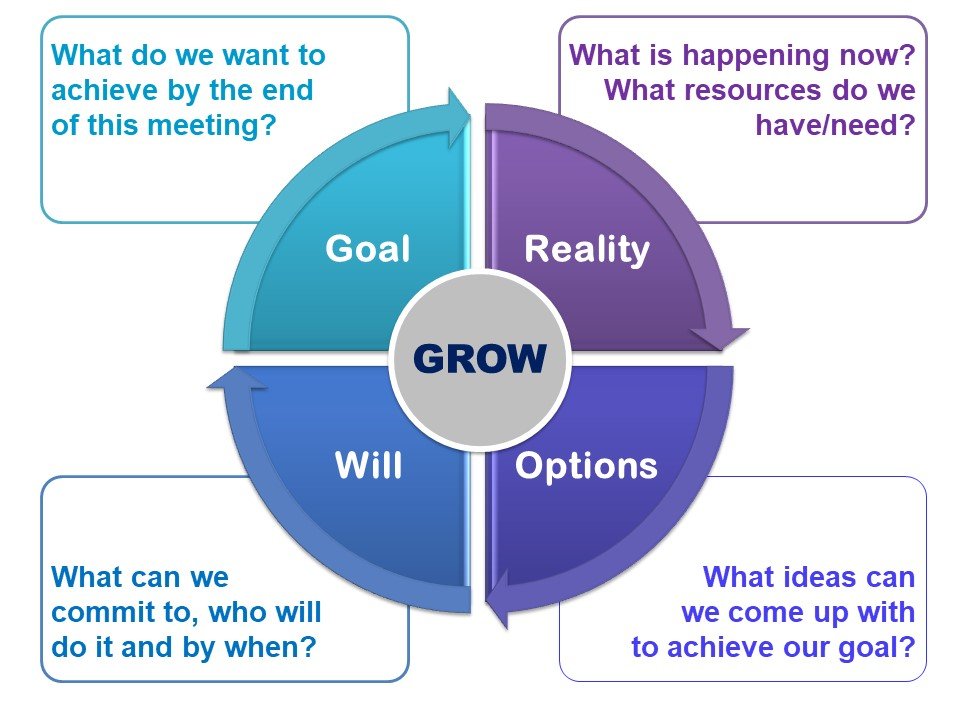
Structured coaching models provide frameworks that ensure consistency, clarity, and measurable outcomes in your coaching practice. One of the most widely recognized frameworks is the GROW model, developed by Sir John Whitmore in the late 1980s.
The GROW model aptly spells out a four-step coaching approach:
Goal: Define specific, measurable performance goals
Reality: Assess the current situation, obstacles, and available resources
Options: Explore possible strategies and solutions
Will: Commit to action steps and establish accountability
This model has become a cornerstone of high performance coaching because it provides a clear structure while allowing flexibility in application. Business coaching professionals often cite the GROW model as essential for new coaches looking to establish an effective coaching approach.
Other valuable models include:
TGROW: Adds “Topic” to provide initial context before goal-setting
OSKAR: Focuses on Outcome, Scaling, Know-how, Affirm and Action, Review
CLEAR: Guides through Contracting, Listening, Exploring, Action, Review
The International Coaching Federation recommends that organizations select models that align with their specific culture and objectives. A professional coach will often adapt these frameworks to fit the unique needs of each coaching relationship, ensuring the coaching process remains relevant and impactful.
Building a Coaching Culture
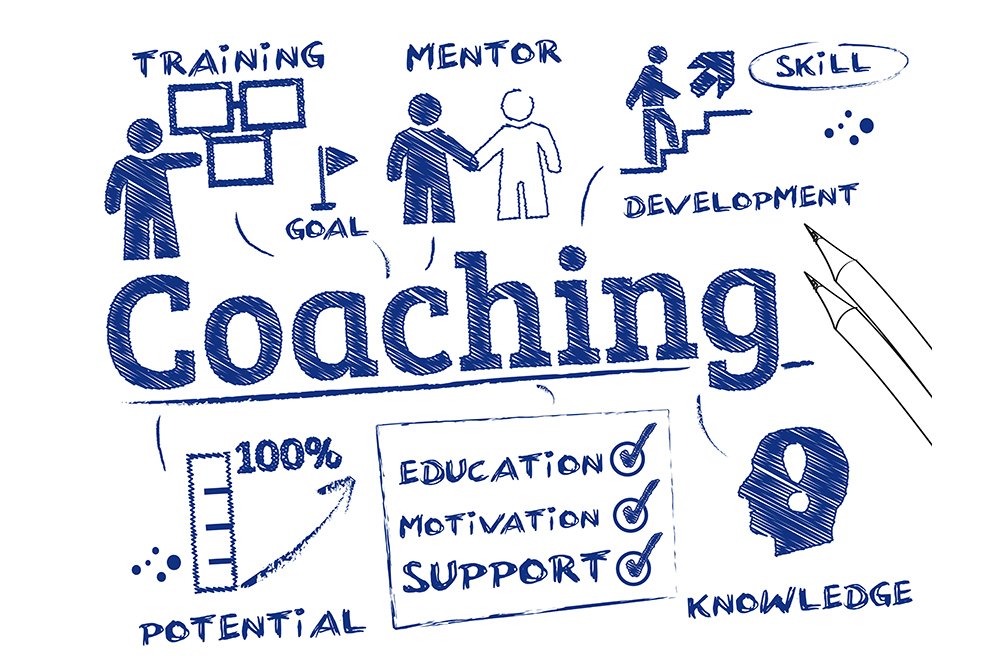
For coaching to performance to truly transform an organization, it must be embedded within a supportive coaching culture holistically. This goes beyond isolated coaching sessions to create an environment where coaching practices are valued at every level.
Leadership plays a crucial role by modeling coaching behaviors, supporting professional growth, and encouraging both formal and informal coaching interactions. When executives and managers demonstrate active listening and ask powerful coaching questions, they signal the importance of these practices to the entire organization.
Human resources departments should champion coaching by:
Providing training in fundamental coaching skills
Recognizing and rewarding effective coaching practices
Integrating coaching into performance management systems
Supporting the development of internal coaching capabilities
A robust coaching culture ensures that employees feel supported by multiple sources—managers, peers, and professional coaches—resulting in greater buy-in and more sustainable results. Organizations with strong coaching cultures consistently outperform those with traditional, directive management approaches.
Performance consultants often note that culture change requires patience and persistence. As one organizational development practitioner explains: “Building a coaching culture isn’t a one-time initiative—it’s an ongoing process that requires commitment from every level of leadership.”
Performance Management

Modern performance management has evolved from static annual reviews to dynamic, ongoing conversations powered by effective coaching. This shift represents a fundamental change in how organizations approach employee development and assessment.
Open, two-way communication builds trust and encourages honest dialogue about challenges and opportunities. When managers approach difficult conversations with coaching skills rather than judgment, employees are more likely to acknowledge areas for improvement and take ownership of their development.
Collaborative goal setting fosters engagement and ensures clear performance goals with realistic timelines. Regular progress meetings—typically every 2 to 4 weeks initially—help review changes and assess improvement. This frequency can be adjusted based on employee needs and experience levels.
The integration of coaching into performance management creates several advantages:
Issues are addressed in real-time rather than months later
Feedback becomes a normal part of work rather than a stressful event
Employees gain more control over their development journey
Managers build stronger relationships with team members
Performance conversations become forward-looking rather than retrospective
This approach ensures that performance management becomes a partnership focused on development rather than a one-sided evaluation process.
Coaching Approach

An effective coaching approach dedicates intentional time to developing employees and addressing minor issues before they escalate into significant performance issues. The best coaching to improve performance is personalized, recognizing that each employee has unique strengths, challenges, and aspirations.
Key elements of a successful coaching approach include:
Providing timely feedback: Addressing situations promptly while maintaining a focus on growth
Offering motivational support: Encouraging progress and acknowledging effort
Developing emotional intelligence: Helping employees understand their reactions and those of others
Balancing challenge and support: Pushing for improvement while providing necessary resources
Focusing on solutions: Moving beyond problem identification to action planning
The collaborative nature of coaching ensures that employees don’t simply receive direction but actively participate in their development. As Sir John Whitmore explains in his seminal book “Coaching for Performance,” the coach acts as a facilitator rather than a directive authority.
Transpersonal coaching takes this approach further by considering the whole person, including their values, purpose, and potential. This holistic perspective recognizes that performance improvement often requires addressing both technical skills and deeper personal factors.
Action Plan
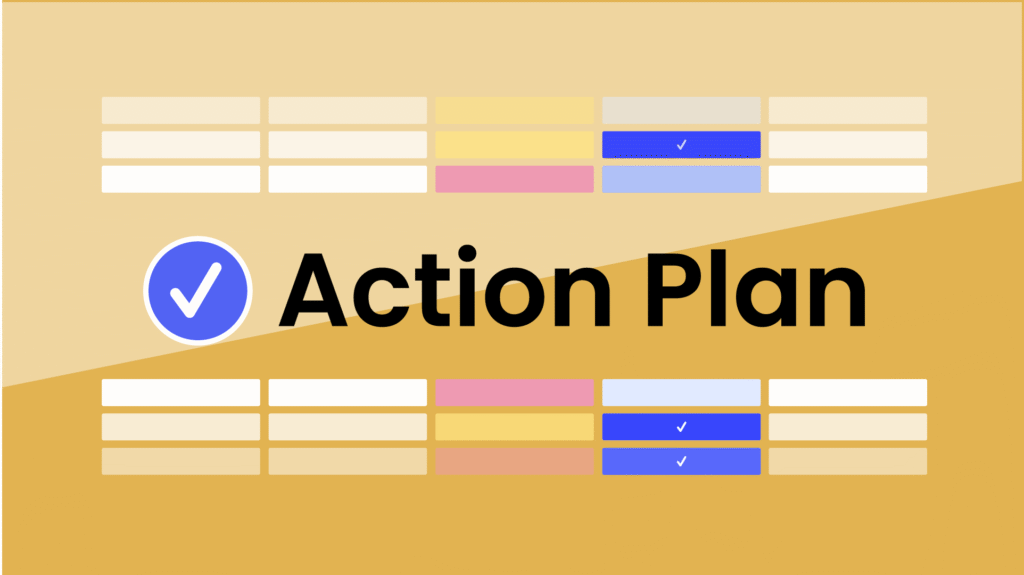
The cornerstone of effective performance coaching is the joint creation of clear, actionable development plans. These action plans should outline specific, achievable steps for improvement while leveraging diverse learning resources.
A comprehensive action plan might include:
Formal training courses or workshops
Peer coaching opportunities
On-the-job assignments designed to build specific skills
Self-reflection exercises
Mentoring relationships
Reading or research assignments
Collaboration between manager and employee in action plan development fosters greater ownership and engagement. When employees contribute to designing their development path, they’re more likely to commit to the process and persist through challenges.
Follow-up coaching sessions are critical to monitor progress and adjust plans as needed. Effective coaches document employee development systematically, tracking both activities completed and improvements observed. This documentation serves multiple purposes:
Creates accountability for both coach and employee
Provides evidence of progress that motivates continued effort
Offers insights into what approaches work best for each individual
Supplies data for evaluating the overall effectiveness of coaching initiatives
Regular review of action plans keeps development focused and allows for celebration of wins along the way—an important factor in maintaining momentum.
Coaching for Performance
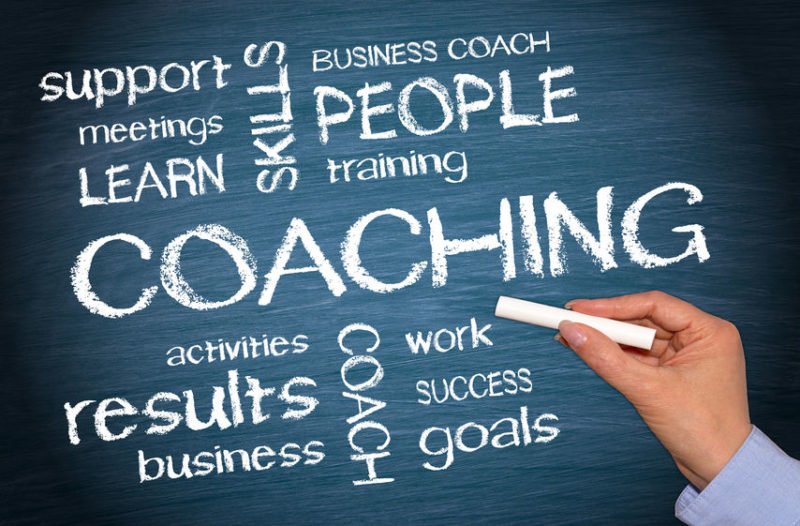
“Coaching for Performance” is recognized as a definitive guide in the field, cited by Forbes as a “Must Have for Leaders in 2024” and with over a million copies sold globally. This coaching book, written by Sir John Whitmore (co-founder of transpersonal psychology), encapsulates the principles, models, and best practices of coaching to performance.
Now in its performance fifth edition (extensively revised), it offers tactical guidance for leaders and coaches navigating the complexities of employee development. The book focuses on how coaching can help leaders provide structure and maintain focus amid uncertainty—skills particularly valuable in today’s rapidly changing business environment.
The continued popularity of this definitive book underscores its relevance for modern organizations. Available in paper copy and digital formats, it has been translated into more than 20 languages, making its insights accessible to leaders worldwide.
Key concepts from “Coaching for Performance” that impacts leaders include:
The distinction between coaching and other forms of management
How to build awareness and responsibility through questioning
Techniques for overcoming internal barriers to high performance
Methods for creating team alignment around shared goals
For those serious about developing their coaching practice, this book offers both philosophical foundations and practical applications.
Performance Improvement
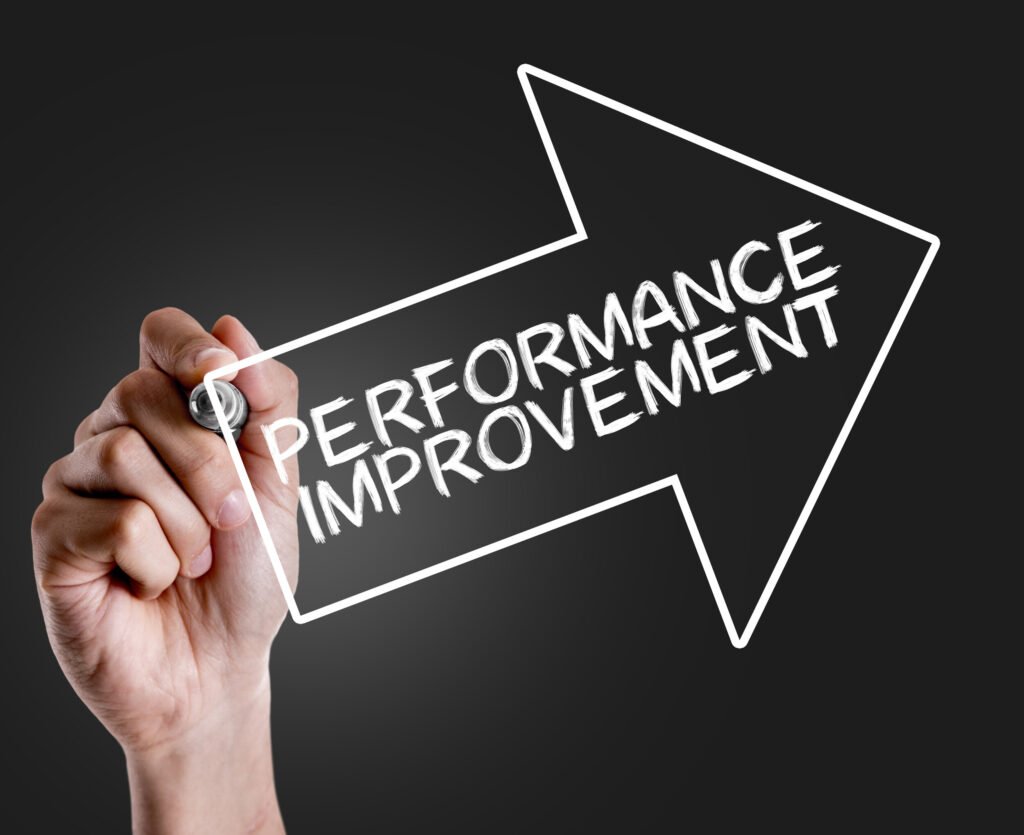
Coaching improves individual, team, and organizational performance through focused development efforts. The process begins with open, trust-building conversations—often initiated by asking powerful coaching questions—which lay the groundwork for honest dialogue and shared understanding.
The rise of virtual coaching has made support more accessible and efficient, allowing employees to receive tailored guidance that fits the demands of hybrid or remote work environments. This flexibility has proven particularly valuable for new employees who benefit from more frequent touch points during their onboarding period.
Leadership coaching provides essential support to boost both employee and business effectiveness. When managers receive coaching on their own leadership style, the positive effects cascade throughout their teams. As one executive coach explains: “When leaders improve their coaching skills, they don’t just improve performance—they transform their entire approach to management.”
Performance improvement through coaching is an ongoing process that requires:
Consistent application of coaching skills
Patience through learning curves and setbacks
Celebration of progress, however incremental
Adaptation of approaches based on results
Commitment to continuous improvement from both coach and coachee
This sustained effort leads to not just improved performance but often transformational change in how individuals and teams approach their work.
GROW Model in Practice
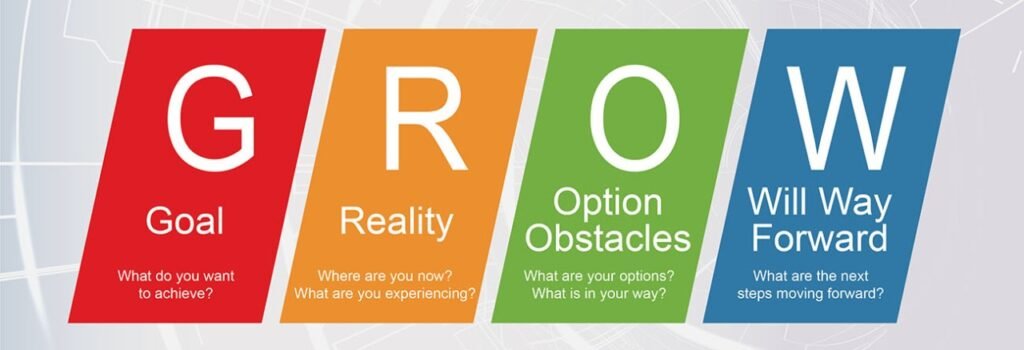
The GROW model supports behavioral change and skills development through its structured yet flexible approach. Let’s explore how a manager might apply this model when coaching an employee who needs to improve their communication skills:
GOAL
The coach helps the employee articulate a specific, measurable goal: “I want to deliver more effective presentations that engage my audience and clearly communicate our project status.”
REALITY
Together, they assess the current situation: “What happens when you present now? What feedback have you received? What aspects of presenting do you find most challenging?”
OPTIONS
The coach guides exploration of possible approaches: “What techniques have you seen others use effectively? What training resources are available? How might you practice and get feedback?”
WILL
Finally, they establish commitment to action: “What specific steps will you take before our next meeting? How confident are you about implementing these changes? What support do you need?”
This systematic approach ensures that coaching conversations remain focused and productive. The professional coach serves as a guide through each step, helping the employee develop self-awareness and take ownership of their development.
By consistently applying the GROW model across coaching sessions, managers can help employees build new skills and overcome performance challenges more effectively than through traditional directive approaches.
Performance Coach Role

A performance coach is a professional who helps employees improve their workplace performance and achieve their goals through structured support and guidance. Whether this role is filled by a manager with coaching skills or an external professional coach, certain core responsibilities remain consistent.
Effective performance coaches:
Create a safe, trusting environment for open discussion
Ask powerful questions that promote reflection and insight
Provide constructive feedback that balances challenge and support
Help identify strengths and development opportunities
Support goal setting and action planning
Hold coachees accountable for commitments
Celebrate progress and successes
Performance coaches use various coaching models and techniques to support employees through their development journey. They serve as sounding boards, motivators, and accountability partners, offering guidance tailored to each employee’s unique context.
Beyond skill-building, performance coaches help employees navigate challenges, build confidence, and develop a growth mindset. Their role often extends to monitoring progress, celebrating achievements, and recalibrating development strategies as needed to ensure sustained improvement.
Improve Performance Through Coaching
Coaching improves performance by empowering employees to take ownership of their growth within an environment of trust and continuous feedback. This collaborative process strengthens relationships between managers and team members while driving higher engagement and productivity.
Key ways coaching helps improve performance include:
Addressing workplace challenges proactively: Coaching conversations bring issues to the surface before they become serious performance problems.
Encouraging better work habits: Regular coaching helps employees develop self-awareness and establish more productive routines.
Supporting skill development: Targeted coaching identifies specific areas for improvement and creates focused learning opportunities.
Building employee confidence: Effective coaching acknowledges strengths and progress, building self-efficacy and willingness to tackle new challenges.
Aligning individual and organizational goals: Coaching helps employees see how their work contributes to broader business objectives.
Organizations that invest in coaching report improved performance across multiple metrics, from individual productivity to team collaboration to overall business results. As employees develop through coaching, they become more capable of handling complex assignments and taking on leadership responsibilities.
Coaching Cultures and Performance
Research consistently shows that robust coaching cultures positively impact key organizational metrics. Companies with strong coaching cultures report higher employee engagement, improved retention rates, and better business performance than those without such cultures.
A coaching culture supports not just individual development but creates a broader climate of collective responsibility for learning and growth. Such cultures are marked by:
Open communication across all levels
Shared accountability for results and development
Continuous feedback as a normal part of work
Learning viewed as an essential business process
Organizations with well-established coaching cultures typically outperform their competitors in adapting to change, innovating, and attracting top talent. The entire organization benefits from the increased agility and resilience that comes from having employees who are continuously developing their capabilities.
Building such a culture requires sustained effort and commitment from leadership, but the return on investment is substantial. As one senior HR executive noted: “Our coaching culture has become our competitive advantage—it’s how we develop people faster and respond to market changes more effectively than our competitors.”
Effective Employee Development
Effective employee development through coaching requires a collaborative approach that balances structure with personalization. The most successful development efforts:
Start with clear expectations: Both coach and employee should understand performance goals and development priorities.
Use diverse learning methods: Recognize that people learn differently and provide various pathways for skill development.
Balance challenge and support: Push employees beyond their comfort zones while providing the resources and encouragement they need to succeed.
Create psychological safety: Establish an environment where employees feel comfortable acknowledging gaps and experimenting with new approaches.
Connect development to career aspirations: Help employees see how current development efforts support their long-term professional growth.
This holistic approach goes beyond technical skill-building to encompass behavioral, emotional, and leadership competencies. The result is a more agile, resilient, and capable workforce poised to meet evolving business challenges.
When employee development becomes a strategic priority supported by skilled coaching, organizations build bench strength for the future while improving current performance—a powerful combination that creates sustainable competitive advantage.
Conclusion
Coaching to performance is a transformative approach that combines structured methods with personalized, ongoing support to drive lasting employee development. It shifts traditional management toward a collaborative, growth-focused model benefiting individuals, teams, and organizations.
Effective coaching requires commitment from managers and employees and thrives in a culture valuing learning, feedback, and continuous improvement. Organizations investing in coaching skills and practices gain greater agility and innovation in today’s complex business environment.
As Sir John Whitmore said in “Coaching for Performance,” coaching is about “unlocking people’s potential to maximize their own performance.” By applying the strategies in this article, you can foster a workplace where employees consistently perform at their best.
Start by choosing one coaching practice to try with your team this week—such as using the GROW model, holding more check-ins, or asking better questions. The positive impact on engagement, productivity, and performance will be worth it.
Frequently Asked Questions
What results can I expect from a coaching to performance program?
You can expect measurable improvements in individual productivity, clearer goal alignment, stronger communication, and increased accountability. Most teams also report enhanced morale, reduced performance issues, and noticeable growth in leadership potential within 60–90 days.
How is your coaching approach different from leadership training or mentoring?
Unlike one-time training sessions or informal mentoring, our coaching to performance program is hands-on, goal-specific, and focused on real-time progress. We don’t just give knowledge—we guide behavioral change, provide ongoing feedback, and ensure accountability tailored to each individual or team.
Do you offer one-on-one or group coaching sessions?
Yes, we offer both. One-on-one sessions are ideal for focused performance goals or leadership development. Group sessions are designed to enhance team cohesion, improve collaboration, and foster collective accountability. We can also blend both formats depending on your team’s needs.
Is coaching to performance only for struggling employees?
Not at all. In fact, many of our clients use coaching to accelerate high-potential talent and strengthen leadership pipelines. It’s about unlocking peak performance—whether the person is underperforming, plateauing, or ready to step into a bigger role.
Can we customize the coaching program to fit our company goals?
Absolutely. We work closely with your team to understand your performance objectives, company values, and team dynamics. From there, we tailor the coaching framework to align with your KPIs, internal systems, and cultural tone—ensuring the process feels like an extension of your business.

A trailblazer in humanising leadership and building high-resilience teams. As a former United Nations Peacekeeper, he leverages his high-stakes experience to redefine leadership dynamics. With a career distinguished by numerous accolades, Joseph now helps organizations thrive through a human-centric approach, enhancing performance, productivity, and workplace culture.







